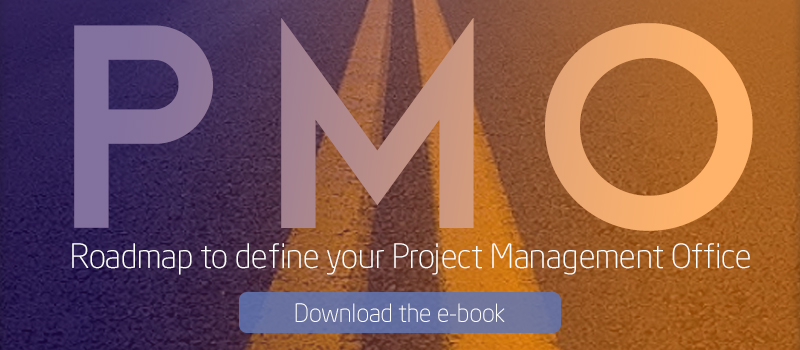 For a project-based organization, setting up a PMO is equivalent to parenthood. It’s just not enough to wake up early to go to work, eat your sandwiches diligently in front of your screen and be a loyal friend. From the moment you embark on this new ship, it’s a whole new level at which you will need to keep ahead of events, create new habits, and be always ready to respond to an emergency. For me, the key to start the process with the right foot forward is to know yourself as well as you can.
For a project-based organization, setting up a PMO is equivalent to parenthood. It’s just not enough to wake up early to go to work, eat your sandwiches diligently in front of your screen and be a loyal friend. From the moment you embark on this new ship, it’s a whole new level at which you will need to keep ahead of events, create new habits, and be always ready to respond to an emergency. For me, the key to start the process with the right foot forward is to know yourself as well as you can.
Organizations can use the wisdom of self-knowledge in smart ways. Let’s have a look at factors that are helpful indicators of maturity.
Know thy maturity, they say
The degree of maturity of an organization is strongly correlated to the complexity of the PMO model that it is likely to implement
According to a study published by Forrester and PMI in 2011, there a number of features and characteristics that provide insight into the maturity of a company.
Possible signs of low maturity:
-
Lack of clear strategy. Projects are not always properly aligned with the objectives of the organization.
-
Lack of quantitative evaluation. In this scenario it's impossible to obtain clear indicators of the state of each project, identify the causes of any problems and search for areas of improvement. In addition, measures should be taken to improve the efficiency of the company.
-
Ideas, projects and business areas are not prioritized.
Companies that have a medium level maturity may show the following characteristics:
-
Ability to prioritize projects.
-
Some degree of alignment between projects and the overall objectives of the company.
-
Metrics to quantify the results of high level projects.
-
Resources are planned prior to implementing a project.
A company with a high degree of maturity has the following features:
-
Integration of the company’s work and tasks in projects and programs.
-
All work is goal oriented. Each task or project is working towards the general objectives of the company.
-
Standardized measures for the results of each project are performed. This way you can monitor both the progress and status of each project and the impact that the various risks and corrective measures may pose to each of them.
-
There are effective systems in place to allow quick and flexible communication among team members in the various tasks and projects.
-
Work systems can incorporate agile and classic methodologies that help maximize efforts.
-
Projects conform to international standards, ensuring quality and allows smooth implementation in all locations the company is present.
-
Software options combine Specific and advanced solutions with simple and direct tools so that workers can optimize the use of their time and be more productive.
Implementing a PMO
1. Justification and initiation. Once company executives are aware of the benefits, your organization might be in a good place to start setting up a PMO.
A PMO can contribute clear objectives and compliance metrics, identify possible deviations and define corrective measures. Decide how much your PMO will take up, build your information streams and draw up a goal-driven plan.
2. Planning. What are some of the steps needed to implement the new project management policy?
-
Seamless communication with the board of directors and with customers to establish the scope, objectives of the company and therefore decide the projects to be undertaken. These communication channels should be structured and maintained throughout project implementation.
-
Choose an organization system for the company, project management methodologies and a governance model.
-
Recruit your project management staff. Your crew may combine specific project management training with an open mind that allows continuous training throughout the project to meet the needs which may arise during work.
3. Execution. Measurement and monitoring frameworks are an important component of project implementation that can easily benefit from the centralized functions and the homogenization of a PMO. Project managers position will be strongly supported with the enhanced communication between all organization stakeholders.
At ITM Platform we can help in the process of creating your PMO. With our platform, user onboarding and technological deployment are seamless: our customers start using our solution in as little as one week. You will be able to focus on what really matters: defining the internal procedures that allow you to improve your performance.
If you want to know more about how we can help, request a demo of ITM Platform or request our implementation service, which provides tailored training adapted your company’s needs.


